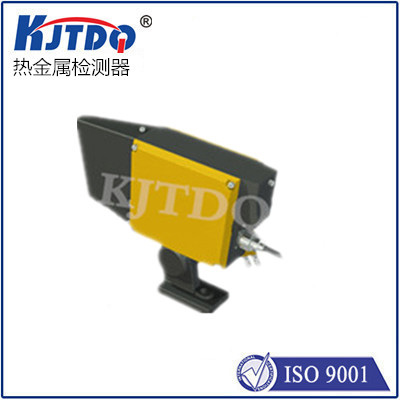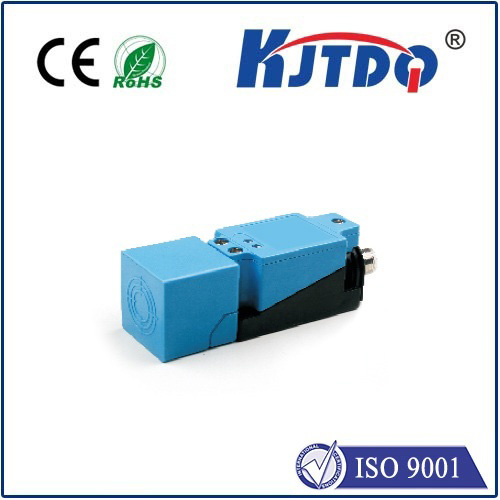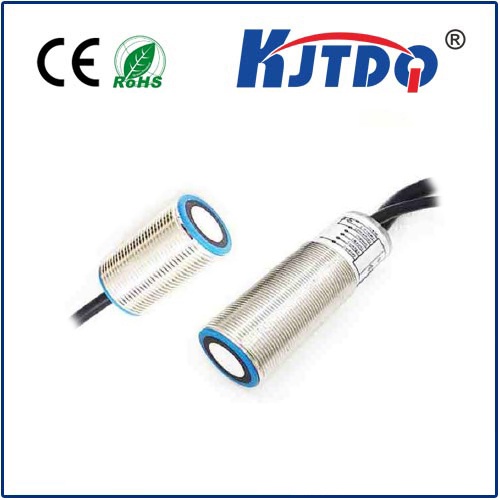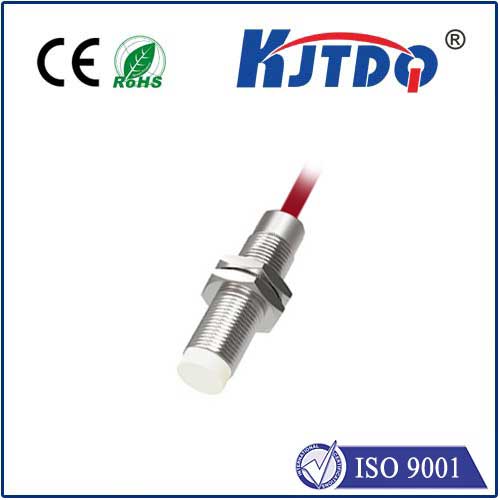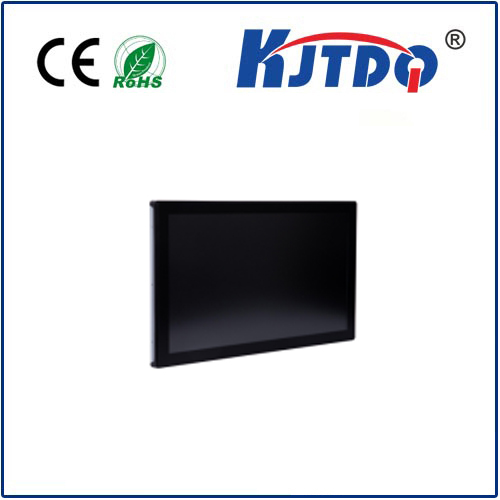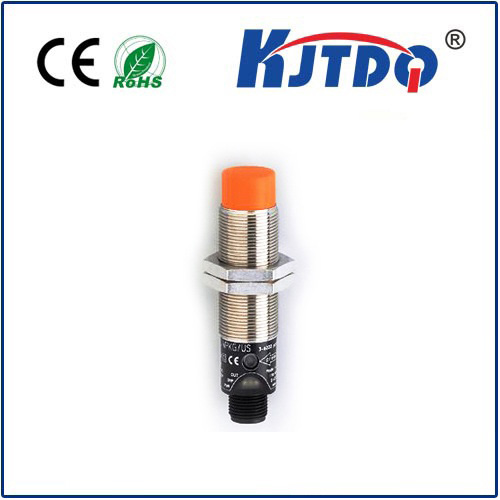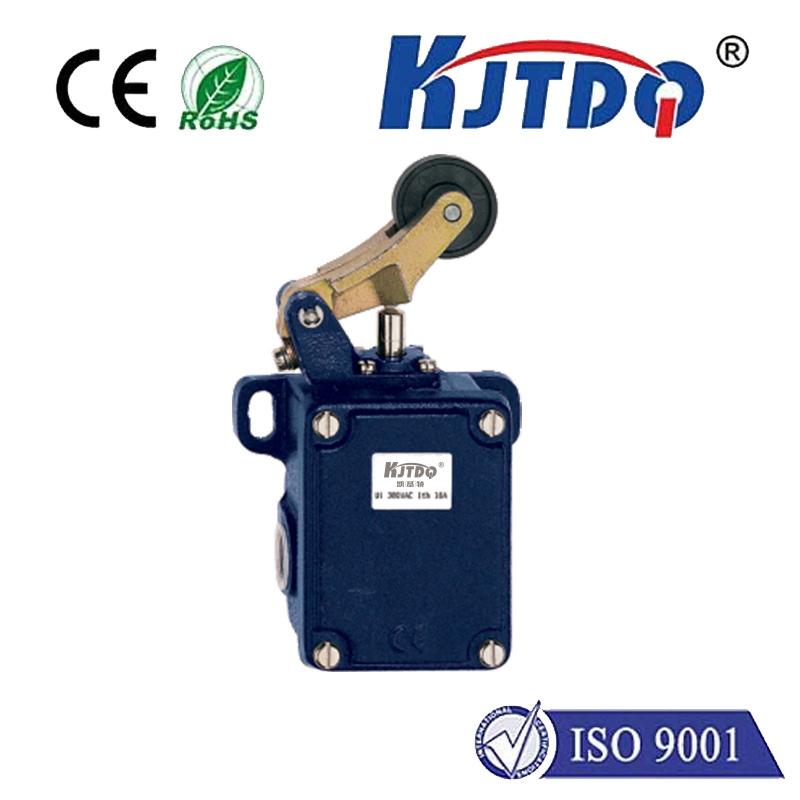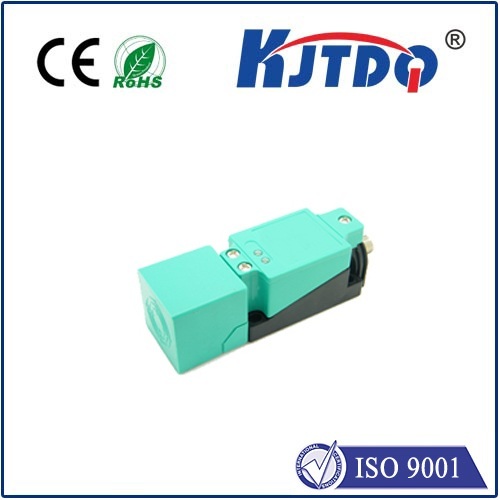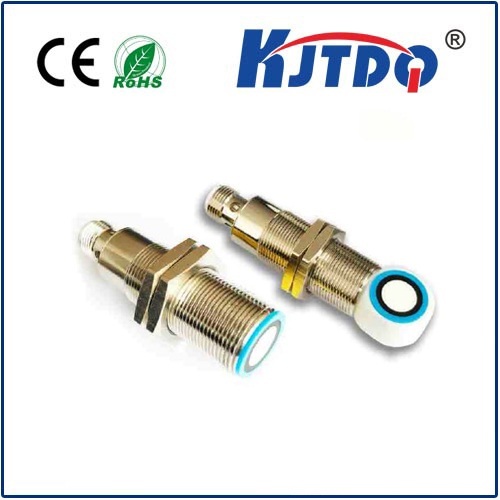Датчик приближения батареи
- time:2025-06-16 15:42:40
- Нажмите:0
Battery Powered Proximity Sensors: Unleashing Detection Freedom Anywhere
Imagine deploying a security system in a remote barn without wrestling with extension cords. Or monitoring warehouse inventory flow where trenching concrete for wiring is impossible. Or simply adding a safety guard to mobile equipment without complex installations. This is the liberating reality delivered by battery powered proximity sensors. Moving beyond the constraints of wired power, these ingenious devices bring reliable, contactless object detection to locations previously impractical or prohibitively expensive to cover. They represent a powerful fusion of sensing technology and energy independence, revolutionizing how we monitor and interact with our environment.
The Core Principle: Sensing Without Strings
At their heart, battery powered proximity sensors operate on the same fundamental principles as their wired counterparts. They emit an electromagnetic field (inductive), light beam (optical - infrared or laser), or ultrasonic waves. When a target object enters this pre-defined detection zone, it disrupts the field or reflects the signal back to the sensor. This change is detected by the sensor’s internal electronics.
The critical difference lies in the power source. Instead of relying on continuous AC or DC line power, these sensors incorporate an integrated battery – typically long-life lithium types. Sophisticated low-power circuitry manages energy consumption meticulously. The sensor spends most of its time in an ultra-low-power sleep mode, periodically “waking up” to perform a sensing check. When detection occurs, it briefly activates its output signal (often a wireless transmission like Bluetooth Low Energy, LoRaWAN, Sigfox, or a simple dry contact relay) and then returns to sleep. This strategy dramatically extends operational life from months to potentially several years on a single battery.
Why Choose Battery Power? Compelling Advantages

The shift to battery operation unlocks a suite of significant benefits:
- Unparalleled Installation Flexibility & Speed: This is arguably the biggest advantage. Install sensors literally anywhere detection is needed – high ceilings, moving machinery, temporary setups, hazardous areas, remote outdoor sites, historical buildings, or across vast distances. No power cables mean no conduit, no trenching, no wiring labor. Mounting often takes mere minutes, drastically reducing deployment time and cost.
- Significantly Lower Deployment Costs: Eliminating the need for electrical contractors, conduit, cabling, and associated infrastructure drastically cuts upfront installation expenses. This makes sophisticated detection feasible for smaller budgets or large-scale deployments where wiring costs would be astronomical.
- Повышение безопасности: Removing mains voltage wiring simplifies installations in potentially explosive environments (requiring intrinsically safe models) or wet locations, reducing electrical hazard risks during setup and operation. Battery power is inherently lower voltage.
- Simplified Retrofitting & Scalability: Adding sensors to existing equipment or structures is trivial. Scaling a system by adding more sensors doesn’t require complex electrical planning – just find a mounting spot. This future-proofs installations.
- Mobility & Temporary Applications: Perfect for monitoring mobile assets like carts, temporary barriers, or construction equipment. Easily deploy sensors for short-term projects, events, or audits and redeploy them elsewhere afterward.
- Reduced Maintenance (Potentially): While battery replacement is necessary, the long intervals (often 3-5+ years) mean less frequent intervention compared to potential wiring faults or failures in permanently powered systems.
Where Battery-Powered Proximity Sensors Shine: Diverse Applications
Their unique advantages make these sensors ideal for numerous scenarios:
- Industrial IoT & Condition Monitoring: Track machine guarding status, monitor bin/tank levels, detect part presence on conveyors in areas lacking power infrastructure. Enable wireless data reporting to central systems.
- Smart Warehousing & Logistics: Monitor pallet movement, detect door positions (open/closed) on high racks, track assets in large yards or remote storage areas. Enable inventory visibility without costly wiring.
- Building Automation & Security: Detect window/door openings, monitor occupancy in rooms or zones (especially retrofits), trigger alerts in sheds, garages, or perimeter fencing without complex wiring runs.
- Agriculture & Environmental Monitoring: Track gate positions across vast fields, monitor equipment movement in barns, detect water levels in remote tanks, or protect assets in orchards.
- HVAC & Energy Management: Monitor filter status, damper positions, or detect airflow in hard-to-wire ducts or plenums to optimize system performance.
- Mobile Machinery & Vehicles: Provide safety interlocks, detect attachments, or monitor component positions on construction equipment, agricultural vehicles, or material handlers.
- Temporary Setups & Events: Deploy quickly for security perimeters, crowd control systems, or equipment monitoring during festivals, construction sites, or film productions.
The Battery Life Equation: Maximizing Operational Time
Battery longevity is a primary consideration. Several factors influence how long a sensor lasts:
- Sensing Technology: Inductive sensors generally consume less power than optical or ultrasonic versions.
- Detection Frequency: How often an object enters the detection zone triggers the higher-power transmission state. Sensors in high-traffic areas drain faster.
- Output Type & Wireless Protocol: Transmitting data wirelessly (especially long-range protocols) consumes significantly more power than a simple internal relay state change. Bluetooth LE (BLE) is generally optimized for low power vs. cellular IoT. The choice of wireless technology dramatically impacts battery life.
- Sampling Rate & Configuration: How frequently the sensor wakes from sleep to check for targets. Configurable intervals allow optimization for specific applications.
- Transmission Power/Distance: Higher transmission power for longer range reduces battery life.
- Environmental Conditions: Extreme cold can temporarily reduce battery capacity.
- Battery Capacity: Higher capacity batteries (e.g., larger lithium cells) naturally last longer.
Leading manufacturers optimize every aspect of design – ultra-low-power microcontrollers, efficient RF circuits, and sophisticated power management firmware – to achieve multi-year lifespans. Many sensors also provide battery status monitoring (often via wireless reporting or an indicator LED), offering ample warning before replacement is needed.
Choosing the Right Battery Powered Proximity Sensor
Selecting the optimal sensor requires evaluating your specific needs:
- Detection Requirement: What needs detecting? Metal (inductive), any object/opaque surface (optical), or most materials regardless of color/texture (ultrasonic)? What’s the required sensing distance?
- Environment: Harsh conditions? Need IP67/IP68 ratings? Extreme temperatures? Hazardous areas (requiring certification)?
- Output Needed: Simple on/off signal? Analog value? What wireless protocol (BLE, LoRaWAN, Sigfox, Wi-Fi, proprietary)? Critical range and data reporting needs dictate this choice.
- Desired Battery Life: Calculate expected detection events/day and required transmission frequency. Consult manufacturer specifications closely. Prioritize models with configurable parameters for sleep intervals and transmission power to fine-tune lifespan.
- Mounting & Form Factor: Compact size required? Specific mounting style (threaded barrel, bracket)?
- Data & Integration: Does the sensor report data beyond simple detection? How easily does it integrate with your existing monitoring/control system (gateway compatibility, cloud platform)?
By carefully weighing these factors, you can harness the freedom and versatility of battery powered proximity sensors to solve detection challenges in ways wired sensors simply cannot match. They are the key to unlocking truly wireless, flexible, and cost-effective monitoring across countless applications.

